Based on the underlying measurement principle of the tilt sensor, considering the sensor system error, operation and installation error, and referring to the existing spatial Angle error analysis model, we improve the spatial Angle biaxis measurement error model suitable for the situation of moving airfoil deflection around the horizontal axis, and improve the calibration method according to the working condition. By using wireless transmission as a communication method, a complete set of moving wing deflection test system is built, which can display the Angle information of the moving wing in real time by visual means such as data, curves and three-dimensional models. The deflection Angle measurement accuracy is less than 0.05°, and the acquisition frequency is higher than 10 Hz, which can meet the actual measurement requirements.
Modern aircraft manufacturing mainly adopts modular assembly technology, the whole aircraft components in the assembly line to complete modular manufacturing and equipment installation test, and finally complete the docking of large parts on the final assembly pulsating production line to form the whole machine. For large aircraft, there are many types and quantities of movable airfoil, high profile accuracy requirements, many control and coordination links involved, large manufacturing and debugging workload, and complex installation and debugging processes.
The detection of deflection Angle is an important part of modular wing assembly test. There are many types and complex structure of the rudder surface of a certain key model, and the tilt sensor equipment installation of the traditional method of wing deflection Angle detection is cumbersome, the types of mechanical fixtures required are large, and the operation of workers is time-consuming and laborious. With the growing demand for various types of high-performance aircraft, the manufacturing tasks of aircraft manufacturers are increasing, and the production line needs an accurate, fast and real-time movable wing automatic inspection operating system that can reflect the production process in real time to improve the production line efficiency and ultimately increase the aircraft output.
At present, the commonly used methods to detect the deflection Angle of the active airfoil space include inertial measurement, laser tracker detection, visual detection, coordinate detection, multi-theodolite detection, linear displacement or angular displacement sensor indirect detection, mechanical protractor, etc. The methods are various, but all have certain shortcomings. Therefore, many studies have combined the above methods to improve the accuracy and applicability of measurement. The inertial measurement method based on tilt sensor is relatively portable, the measurement accuracy and efficiency can meet the actual demand, so we finally choose this method to test the deflection of moving airfoil.
System design and implementation
(1) A biaxial measurement error model is proposed for the scenario of the active airfoil deflecting around the horizontal axis. Considering the actual working conditions of the active airfoil deflecting, a new error variable is introduced to improve the calibration algorithm, so that the tilt sensor calibration algorithm can adapt to the special working conditions of the unparallel mounting surface. The calibrated sensor Angle output accuracy is improved, and the error is within the allowable range, which can meet the high precision testing requirements of the wing moving surface Angle.
(2) Complete the design and implementation of a large aircraft wing active wing deflection test system based on wireless communication protocol, and the field verification that it can achieve the mission objectives. Compared with the previous system, the hardware installation of the system does not need to connect wired communication cables, and the operation is simple. The calibration work can be automatically completed through software control, and the accuracy and real-time performance of data transmission under the wireless network can also be guaranteed, which can significantly improve the work efficiency of field active wing deflection test.
(3) Only installation errors were considered in the analysis of the measurement model of spatial Angle. In fact, there is coupling between all kinds of errors. In the subsequent research, we can try to identify all kinds of errors of the system as a whole to improve the measurement accuracy of the calibration model.
Summary
Ericco's two very popular wireless tilt sensors, ER-TS-12200-Modbus, accuracy can reach 0.001°, resolution 0.0005°, ER-TS-32600-Modbus accuracy moderate 0.01°, resolution 0.002°, you can choose according to your own needs, If you are interested in our wireless tilt sensors, please feel free to contact us.
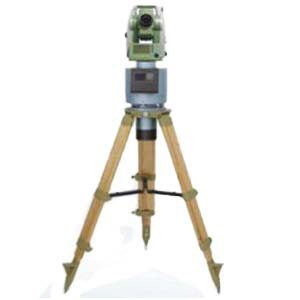
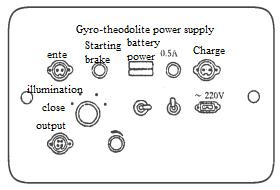
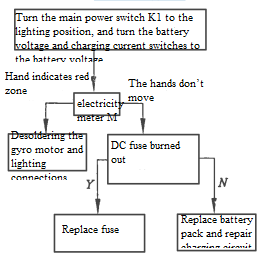
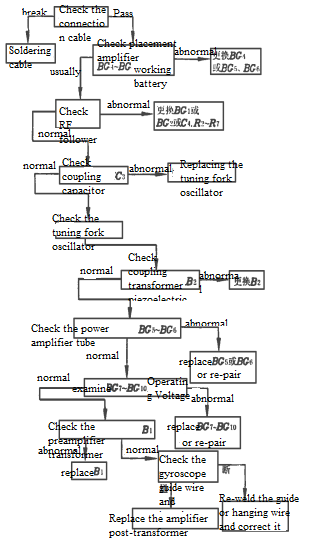

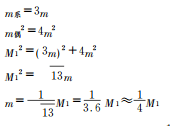


.jpg)
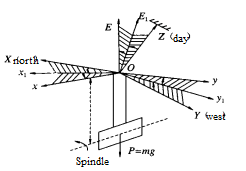
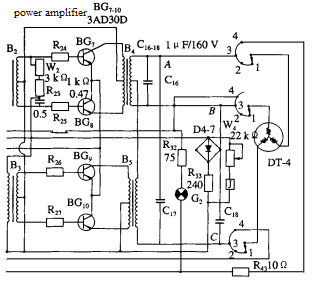
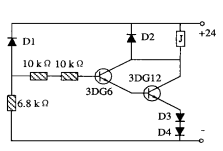

.jpg)
